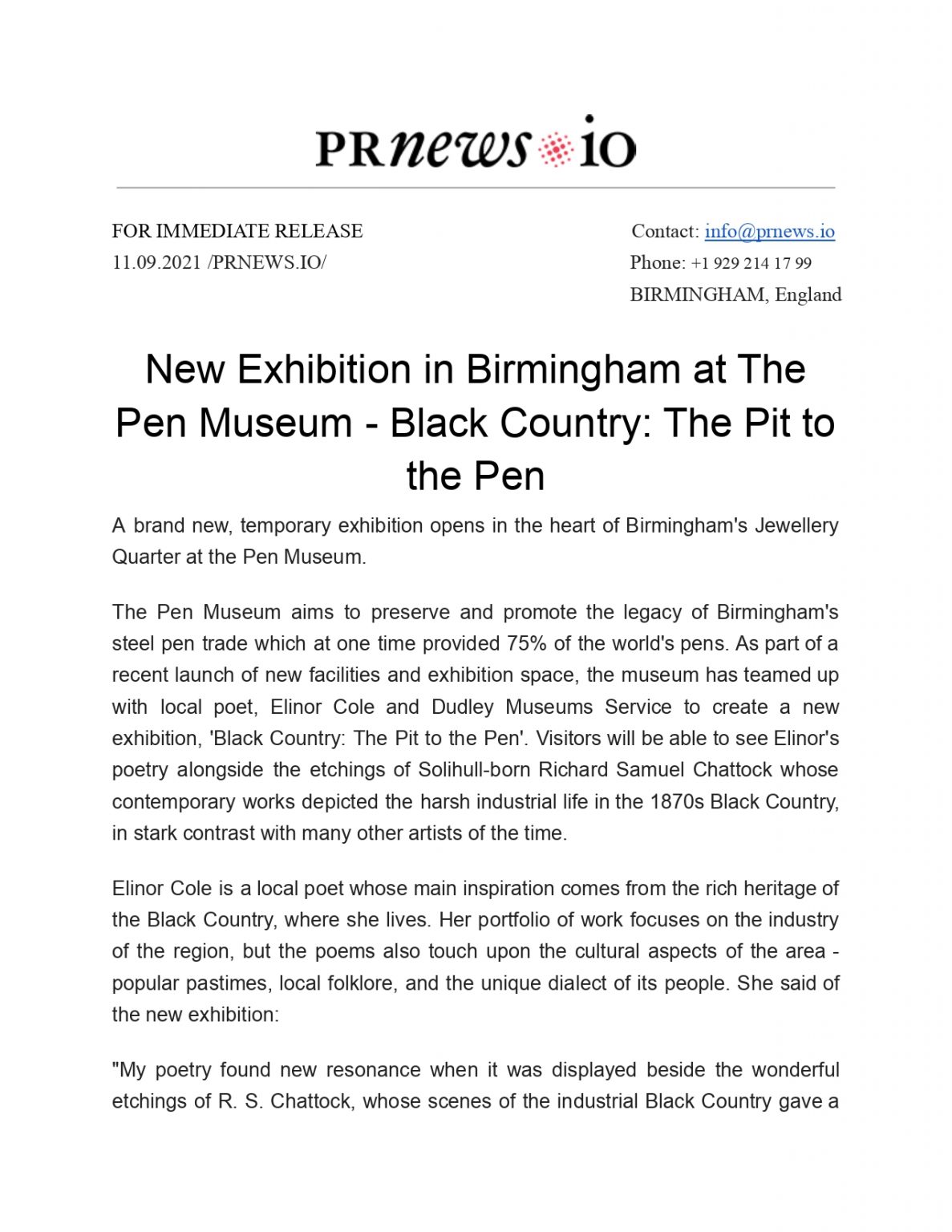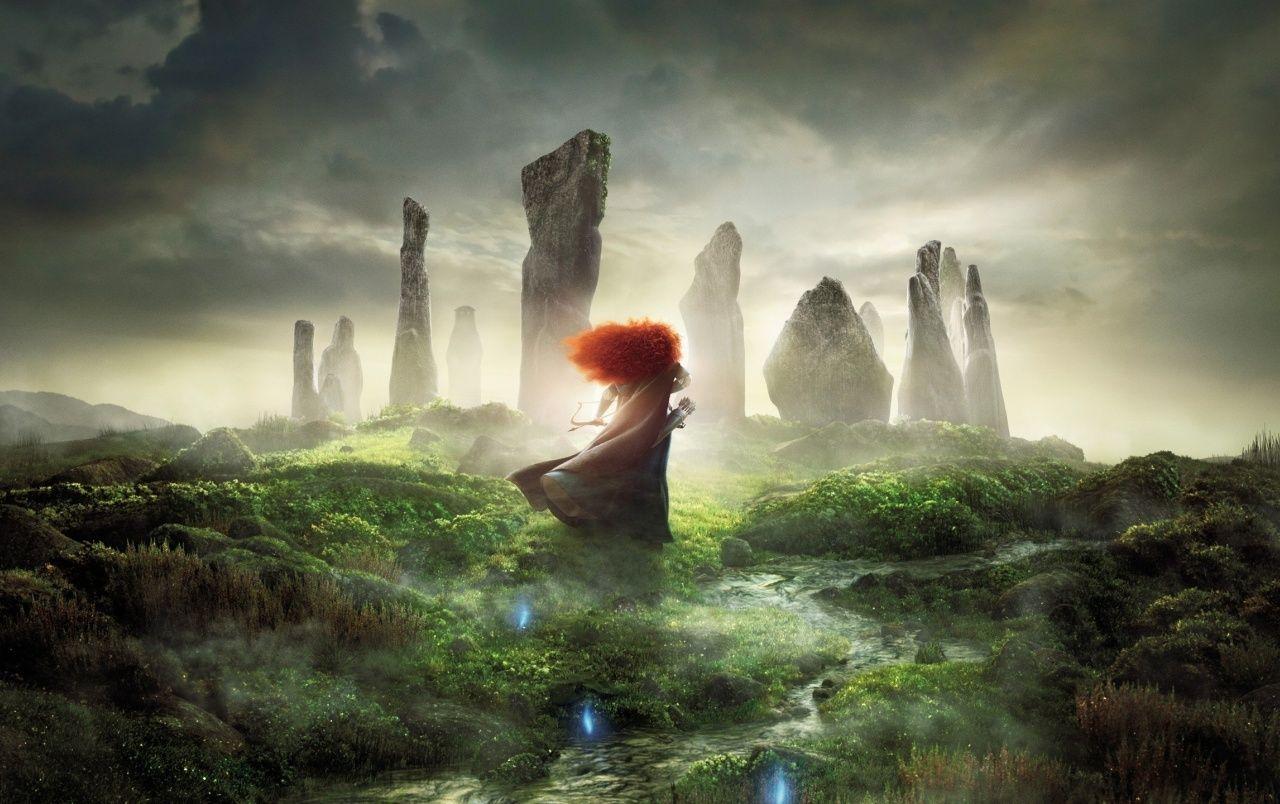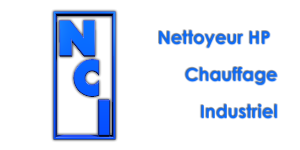film cover art
Film cover art
Increased predictability also reduces risk. By delivering increments of value on a regular basis, the ART allows for early and frequent feedback. This enables teams to identify and address issues early, before they become major problems https://voltage-bet.info/tennis/. It also allows for early validation of assumptions, reducing the risk of building the wrong thing.
Once the ART is formed, the teams work together to define, build, and deliver a Program Increment. This is a timeboxed planning and delivery cycle, typically 8-12 weeks in length, during which the teams deliver an integrated increment of value. The PI includes a PI Planning event, where the teams plan the work for the upcoming increment, and a PI Review and Retrospective, where they review the results and identify areas for improvement.
The ART is the primary value delivery construct in SAFe. It is the long-lived, flow of value through the Continuous Delivery Pipeline, delivering multiple, valuable Program Increments on a predictable schedule. The ART aligns teams to a common business and technology mission, and is a virtual organization (typically 50 – 125 people) that plans, commits, and executes together.
At the end of each PI, teams hold an “Inspect and Adapt” session, essentially a structured retrospective. What worked? What didn’t? What can be improved? This continuous feedback loop helps teams fine-tune their approach, ensuring that every cycle is better than the last. It’s a game-changer for fostering a culture of growth and accountability.

Cinematic artwork
The resulting film was equal parts alluring and ugly, refined and raunchy—in other words, a film about what it was like to live in early modern Europe. Alcott’s depictions of the English countryside are some of the most tranquil since Gainsborough picked up a brush. For the candlelit interior scenes, however, he packs dozens of weird, fleshy faces into each shot, calling to mind Hogarth’s satirical series “Marriage à-la Mode” (1743–45)and “A Rake’s Progress”(1733–34). Widely dismissed as a boring costume drama at the time of its release, Barry Lyndon has since been celebrated as one of the greatest of all films. No small part of that greatness comes from Barry Lyndon’s tension between seriousness and cheekiness—a tension Alcott emphasizes with his shrewd homages to English painting.
The great art house filmmaker Michelangelo Antonioni hated when his peers talked about “writing a film.” He preferred the term “painting a film”—telling a story not with words, but colors, camera angles, and meticulously composed frames.
Similarly to other examples of art in movies, these prints and posters very much delineate the time period of the movie. With Eduardo Arroyo’s edition for the Roland Garros, we get a specific date in time, helping us to better situate when this paradisiac summer took place.

The resulting film was equal parts alluring and ugly, refined and raunchy—in other words, a film about what it was like to live in early modern Europe. Alcott’s depictions of the English countryside are some of the most tranquil since Gainsborough picked up a brush. For the candlelit interior scenes, however, he packs dozens of weird, fleshy faces into each shot, calling to mind Hogarth’s satirical series “Marriage à-la Mode” (1743–45)and “A Rake’s Progress”(1733–34). Widely dismissed as a boring costume drama at the time of its release, Barry Lyndon has since been celebrated as one of the greatest of all films. No small part of that greatness comes from Barry Lyndon’s tension between seriousness and cheekiness—a tension Alcott emphasizes with his shrewd homages to English painting.
The great art house filmmaker Michelangelo Antonioni hated when his peers talked about “writing a film.” He preferred the term “painting a film”—telling a story not with words, but colors, camera angles, and meticulously composed frames.
Retro graphic
Hippie and disco were just a couple of scenes that defined the trends of the 70s and made an impact in the visual world. They brought with them a wide range of patterns, motifs and themes iconic of the decade’s style – including disco balls, flowers, peace signs, and paisley patterns to name a few. And these motifs are definitely back in fashion this year!
Often incorporating the same pastels and tropical motifs, 80s Deco was also a popular design trend, often consisting of bright neon colors, drop shadows, clean sans-serif fonts and pronounced angles and curves. And both of these trends are popping up left, right and centre in 2020.
The retro art style doesn’t have a definite history despite its prominent influence on graphic design and pop culture. Even long before the word retro was coined, graphic designers used references from the past in their art. Due to the fact that retro art is a broad category that includes many other styles, it’s hard to pinpoint when it emerged. For example, Art Deco emerged in the 1920s, while another retro art style, Art Nouveau was created in the 1890s.
First, for obvious reasons, you need to pick the decade that you wish your viewers to reminisce about through the use of retro in design. But it is not that simple. There are tons of options to select from, and it is easy to get confused when picking a decade to ruminate. Sometimes, the 20’s design looks like a 30’s design, and certain elements that were popular or common in the 60’s might be echoed in the 80’s or 90’s. Design comes from design; inspiration begets inspiration.
Posted in: Non classé
Leave a Comment (0) →